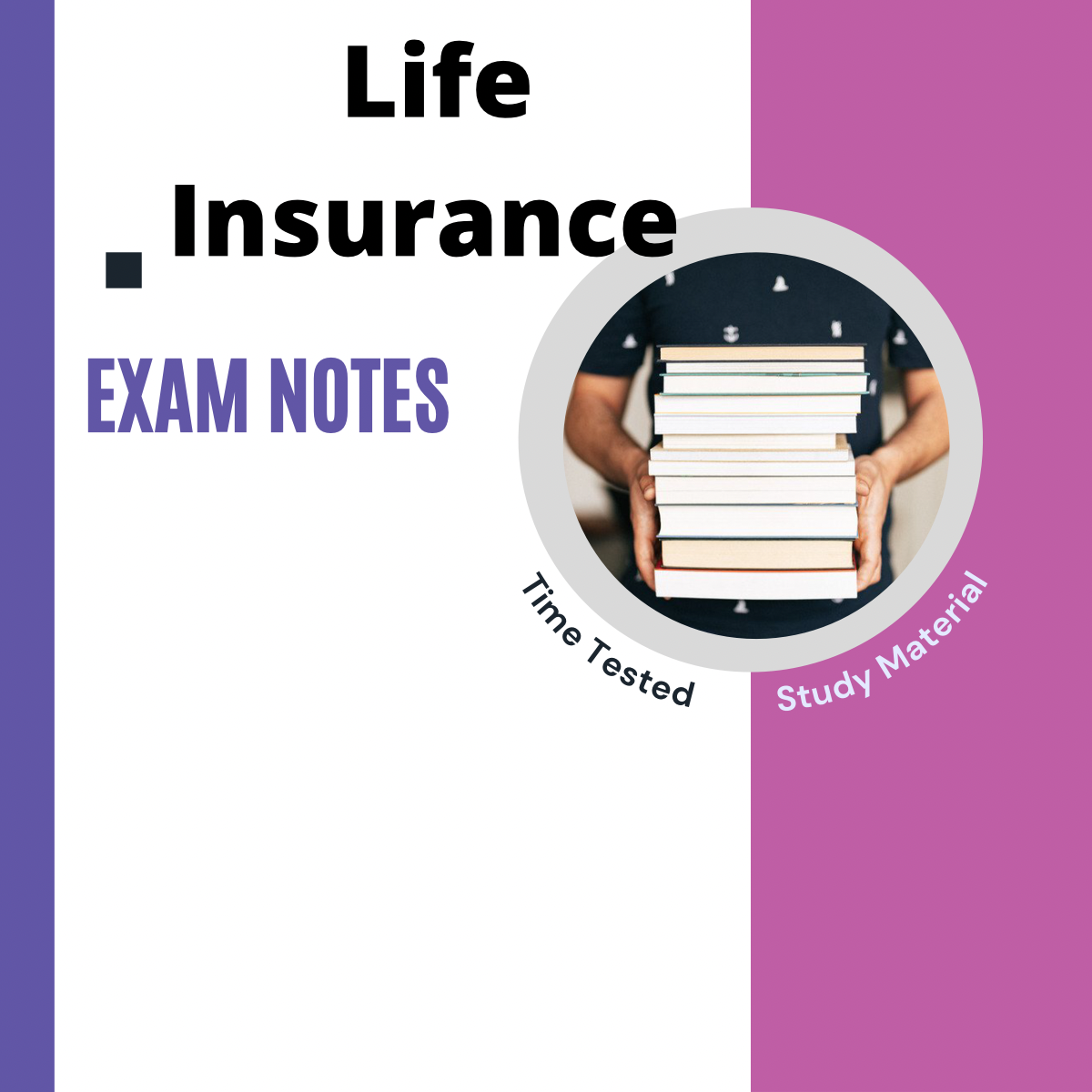Top Guidelines Of Pacific Prime
Getting The Pacific Prime To Work
Table of ContentsLittle Known Questions About Pacific Prime.The Definitive Guide to Pacific Prime9 Simple Techniques For Pacific PrimeThe Best Guide To Pacific PrimePacific Prime - An Overview

This is since the data were accumulated for a period of strong financial performance. Of the approximated 42 million individuals who were uninsured, almost about 420,000 (regarding 1 percent) were under 65 years of age, the age at which most Americans end up being eligible for Medicare; 32 million were adults in between ages 18 and 65, about 19 percent of all grownups in this age team; and 10 million were youngsters under 18 years of age, about 13.9 percent of all kids (Mills, 2000).
These price quotes of the variety of individuals uninsured are created from the annual March Supplement to the Current Population Survey (CPS), performed by the Demographics Bureau. Unless otherwise noted, nationwide quotes of people without medical insurance and percentages of the populace with various kinds of protection are based upon the CPS, one of the most extensively used source of price quotes of insurance coverage and uninsurance rates.
More About Pacific Prime

Still, the CPS is especially beneficial due to the fact that it produces yearly price quotes fairly quickly, reporting the previous year's insurance policy protection approximates each September, and since it is the basis for a constant set of estimates for greater than 20 years, permitting analysis of fads in insurance coverage with time. For these factors, in addition to the substantial use of the CPS in other researches of insurance policy coverage that are presented in this record, we depend on CPS quotes, with restrictions noted.

The estimate of the variety of without insurance people expands when a populace's insurance policy condition is tracked for several years. Over a three-year duration beginning early in 1993, 72 million individuals, 29 percent of the united state populace, lacked insurance coverage for at the very least one month. Within a solitary year (1994 ), 53 million individuals experienced at the very least a month without coverage (Bennefield, 1998a)
Six out of every ten uninsured grownups are themselves utilized. Although working does boost the likelihood that one and one's household participants will certainly have insurance, it is not a warranty. Also participants of households with two full-time breadwinner have virtually a one-in-ten possibility of being uninsured (9.1 percent without insurance price) (Hoffman and Pohl, 2000).
Our Pacific Prime Ideas
New immigrants account for a considerable percentage of people without medical insurance. One analysis has connected a significant part of the current development in the size of the U.S. without insurance populace to immigrants who showed up in the nation between 1994 and 1998 (Camarota and Edwards, 2000). Current immigrants (those that came to the United States within the previous four years) do have a high rate of being without insurance (46 percent), but they and their kids make up simply 6 percent of those without insurance country wide (Holahan et al., 2001).
The partnership between medical insurance and accessibility to care is well established, as documented later in this chapter. Although the connection in between medical insurance and health results is neither straight neither straightforward, a comprehensive scientific and wellness solutions research literature web links medical insurance protection to better accessibility to care, far better top quality, and boosted personal and population health status.
Degrees of analysis for checking out the impacts of uninsurance. It concentrates specifically on those without any kind of wellness insurance coverage for any kind of length of time.
Everything about Pacific Prime
The issues encountered by the underinsured remain in some respects similar to those dealt with by the without insurance, although they are generally less severe. international travel insurance. Uninsurance and underinsurance, nonetheless, involve distinctly different policy concerns, and the strategies for addressing them may differ. Throughout this study and the five reports to follow, the main focus gets on individuals without wellness insurance coverage and therefore no support in paying for health care past what is readily available via charity and safety and security web organizations
Health and wellness insurance coverage is a powerful factor influencing invoice of care because both patients and medical professionals react to the out-of-pocket cost of services - https://www.goodreads.com/user/show/177010401-freddy-smith. Medical insurance, however, is neither required nor adequate to access to clinical solutions. blog here The independent and direct impact of health insurance policy coverage on access to wellness solutions is well established.
Others will acquire the healthcare they need also without wellness insurance policy, by spending for it out of pocket or seeking it from carriers who provide care totally free or at highly subsidized prices. For still others, wellness insurance policy alone does not make sure receipt of care as a result of other nonfinancial obstacles, such as an absence of healthcare providers in their community, minimal accessibility to transportation, illiteracy, or etymological and cultural distinctions.
The Pacific Prime Ideas
Official study concerning uninsured populations in the United States dates to the late 1920s and early 1930s when the Board on the Price of Healthcare produced a series of reports regarding funding medical professional workplace check outs and hospital stays. This issue became salient as the numbers of clinically indigent climbed up throughout the Great Clinical depression.